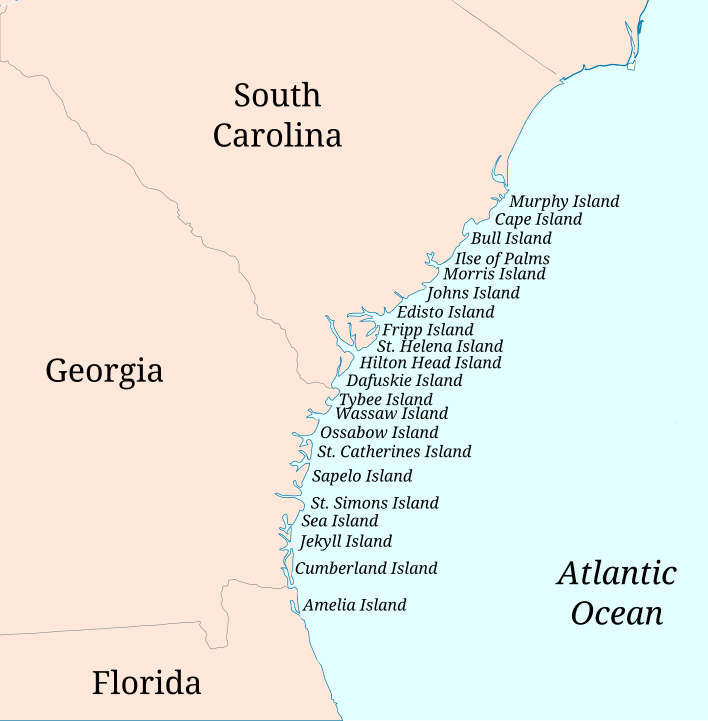
CONTEXT
AIDS AND THE BLACK COMMUNITY
While many people are familiar with the HIV/AIDS outbreak and the initial panic that ensued, fewer know about the unique way the Black community was - and continues to be - impacted by the illness. With awareness and urgency nearly nonexistent among the general public or the government, affected communities began advocating for themselves. Among these were the Black community, with the first Black AIDS Organizations and leaders emerging in the 1980s. This created spaces to discuss plans to increase awareness, access to resources, and political engagement to address the illness. In the 1990s, HIV was identified as the leading cause of death among young Black men and women. In spite of the many advances made to treating the illness in the 2000s, the Black community remains disproportionately affected by HIV/AIDS, even today. Learn more about the 30-year history of AIDS in Black America here.
WHO ARE THE GULLAH GEECHEE?
The Gullah Geechee are the descendants of enslaved Africans brought to specific regions of the Carolinas, Georgia, and Florida. Listen as Dr. Maxine Bryant from The Gullah Geechee Cultural Heritage Center discusses their exact geographical location, the formation of their culture and language, and their dispersal throughout the United States.
AFRICAN AMERICAN QUILTING TRADITIONS
Beginning in the 19th century, quilting has become a significant part of Gullah Geechee culture and African American tradition. The tradition flourished with the isolation of these communities, and quickly became a source of joy and community for the people. With the formation of the Freedom Quilting Bee in the 1960s, the patchwork quilting tradition came to take on a new purpose as an economic and political opportunity. Today, these unique works can be seen in art collections across the country. Read more about the development of the quilting tradition here.
WHERE?
The Gullah people reside on The Sea Islands, a chain of over a hundred tidal and barrier islands on the coast of South Carolina, Georgia, and Florida.

LANGUAGE
Gullah - the language spoken by the Gullah Geechee people - is one of the many crucial aspects of their culture and identity. Retained by the native islands’ geographic isolation from inland communities, the Gullah language holds histories and triumphs unique to the Gullah Geechee people. It signifies the people’s perseverance through the brutality of slavery and their determination to build community. Gullah storyteller Theresa Jenkins Hilliard talks about the importance of preserving the sacred language and the Gullah culture.
KUMBAYA
Beginning in the 1950s, Kumbaya has been a widely known and popular song. However, mainstream audiences have since lost sight of the song’s cultural significance . Over the years, it’s been associated with a range of political, social, and cultural ideas that don’t necessarily reflect its origins. What was once a “beautiful example of traditional music, dialect, and creativity” has come to be misunderstood. Read this article to learn more about the real history of the song and its possible connections to the Gullah Geechee people.
LEARN HOW TO SAY "HELLO" IN GULLAH
Dr. Jessica Berry teaches some basic Gullah Geechee greetings.
GENTRIFICATION
The historic loss of cultural lands remains a problem today, and especially affects marginalized communities. Listen as Dr. Maxine Bryant discusses developers' efforts to take Gullah Geechee land away from its people.
MYTHOLOGY
During one moment of THE BLOOD QUILT, the sisters look at a quilt made by their ancestor, Matilda. The story sewn into that quilt is based on real-life events. In this clip, Dr. Joyce White from the Gullah Geechee Cultural Heritage Center talks about Igbo landing, a historic moment that inspired a number of folktales, including Toni Morrison's SONG OF SOLOMON and "The Flying African" myth.